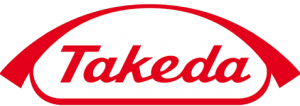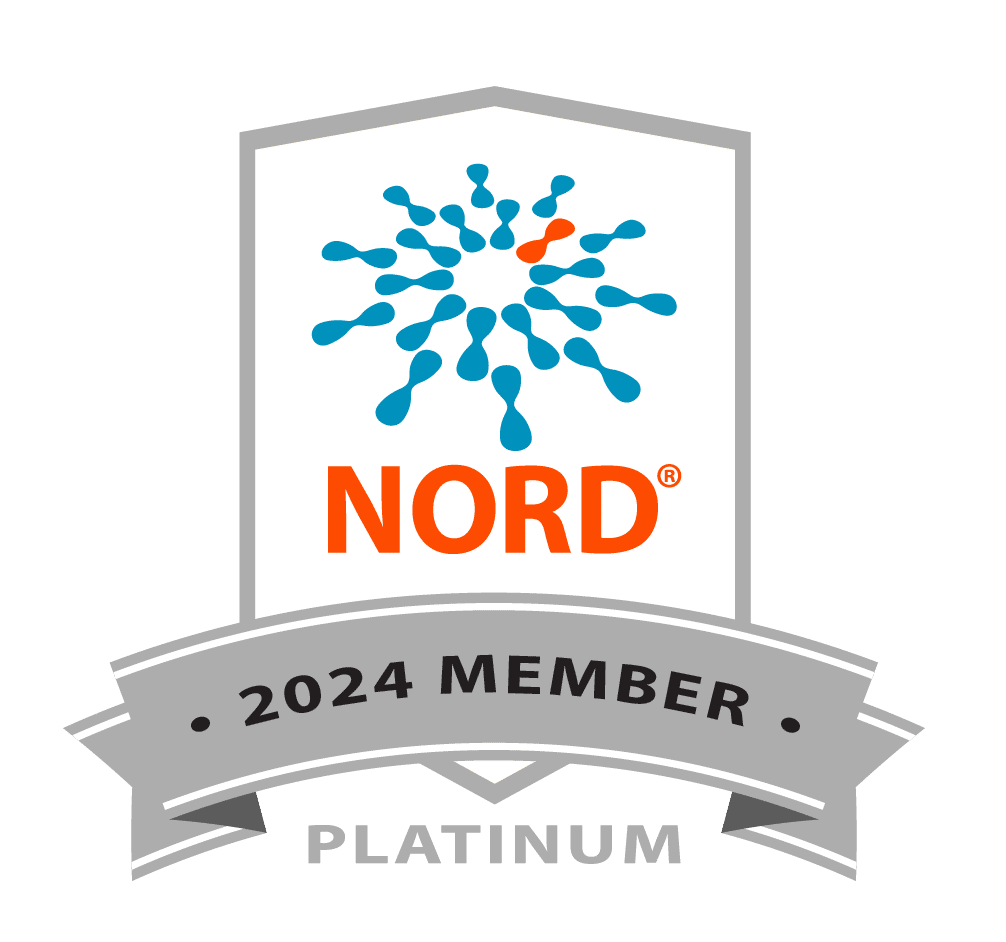Dear Secretary Azar:
On behalf of the Plasma Protein Therapeutics Association (PPTA), we wish to commend the Department’s efforts to increase collections of convalescent plasma as a treatment for patients diagnosed with COVID-19. As the trade association representing the collectors of source plasma in North America and Europe, as well as the global manufacturers of lifesaving plasma therapies, we are uniquely positioned to understand the multitude of uses of human plasma. We call your attention to the fact that there is also an urgent need to increase collections of non-COVID-19 plasma, and we call on the Administration to engage with stakeholders, like governors, in a comprehensive public education campaign to encourage donations of plasma generally, and to reassure the public of the safety of the donation process. Additionally, we respectfully request the Department’s assistance, through specific regulatory actions, in achieving this objective.
As you know, the pandemic has created tremendous interest in COVID-19 convalescent plasma, as either a transfusable therapy or as the raw material for manufacturing a hyperimmune Ig product, as a potential treatment for COVID-19. Significant progress has been made, both in the ongoing development of therapies and in public awareness of the importance of plasma donation, and those efforts should continue.
However, the pandemic has also severely impacted the collection of “standard” source plasma used to manufacture therapies to treat a variety of chronic, life-threatening conditions, including primary immune deficiency, hemophilia, alpha-one antitrypsin deficiency, and hereditary angioedema. Clinical need for these therapies has steadily increased in recent years, and some patients experienced access challenges as recently as Summer 2019, before the pandemic.
Because plasma protein therapies take 7-12 months to manufacture, there is a window to address the decline in source plasma collections that began when the pandemic hit in mid-March, but the uncertainty of the public health situation has continued to take a toll. Shutdowns, social distancing requirements, and a general preference to remain “safer at home” have all presented challenges for plasma centers working to return to normal, pre-pandemic collection volumes. Although there has been an uptick in collections since March and April, the early months of the pandemic, as of today, monthly collection volumes remain significantly below 2019 levels.
PPTA appreciates the Department’s diligence, transparency, and responsiveness in addressing the situation to date. To increase the availability of donors and plasma still further, without decreasing safety, we recommend the following, additional steps:
• Make the reduction of the Inventory Hold period from 60 days to 45 days permanent – The reduction in the Inventory Hold period, imposed under 21 CFR § 640.69(f), was made on a temporary, emergency basis because of the absence of a safety concern. In fact, FDA should review whether any length of quarantine is necessary as a regulatory requirement.
• Update donor deferral times for HIV and hepatitis risk to reflect current science – PPTA requests that FDA address these concerns in an updated guidance document. Additionally, we request that FDA review the continued deferral of donors for behavioral risk in light of current practices, highly sensitive NAT test methods, and the intended use of source plasma in manufacturing final therapies that have robust, orthogonal pathogen reduction processes.
• Add the total protein test to the list of waived tests found at 42 CFR § 493.15 – The total protein test is performed using a refractometer which is classified as “moderate complexity” test under the Clinical Laboratory Improvement Act (CLIA). This designation has a significant impact on plasma collection because some states require that a “moderate complexity” test be performed by licensed personnel (here registered nurses and clinical laboratory technologists) that are in high demand and which are, therefore, difficult to recruit and retain. The CLIA designation was made at a time when refractometers were analog devices, which required manual reading and subjective interpretation, and is now outdated. Plasma centers currently use digital refractometers that are simple to operate and do not require subjective interpretation. The device cannot be adjusted by the user and provides and direct read-out value or error code.
• Clarify 21 CFR § 630.30 to prevent units of collected plasma from being deemed “unsuitable” for reasons unrelated to product safety – The requirement to interdict a unit of plasma that can and should be used for manufacturing as a punishment for GMP compliance is wasteful and should be replaced by an appropriate enforcement tool.
• Eliminate the strict time limits for obtaining omitted information from donor eligibility records – FDA recently increased the time to obtain omitted information, under 21 CFR § 630.10(c)(2), from 24 hours to 72 hours, which is helpful. PPTA requests that FDA now review whether any time limit at all is necessary, as some omissions relate to medical history that does not change.
• Clearly designate plasma collection centers as “critical infrastructure” – Despite the fact that The President’s Coronavirus Guidelines for America designated “pharmaceutical” as a “critical infrastructure industry,” plasma centers were frequently targeted for pandemic-related closure by local health, fire, and police department personnel. All government messaging should therefore specifically identify plasma centers, and not just “blood centers” or “blood banks,” as qualifying for this special, exempted status.
• Ensure priority access to supplies necessary for collecting source plasma and manufacturing plasma protein therapies – During the current pandemic, PPTA’s member companies have been severely impacted by challenges in obtaining personal protective equipment, particularly masks and face shields, as well as social distancing related equipment (e.g., plastic partitions) and disinfectants. In preparation for future pandemics, PPTA recommends that the Department work with industry to identify, and then designate as necessary for plasma collection and manufacturing, specific mission-critical equipment, and supplies.
We are grateful for your consideration for the needs of patients and for the urgent need for plasma collection to serve those patients. We look forward to working with you on this shared commitment.
Sincerely,
Amy Efantis
President & CEO
Plasma Protein Therapeutics Association
CC:
ADM Brett P. Giroir, M.D., Assistant Secretary for Health at the U.S. Department of HHS Sean S. O’Neil, PhD, Colonel, United States Army, Operational Lead,
Convalescent Plasma / HIG Operation Warp Speed
Peter Marks M.D., PhD., Director, CBER
Stephen M. Hahn, M.D., Commissioner of Food and Drugs











